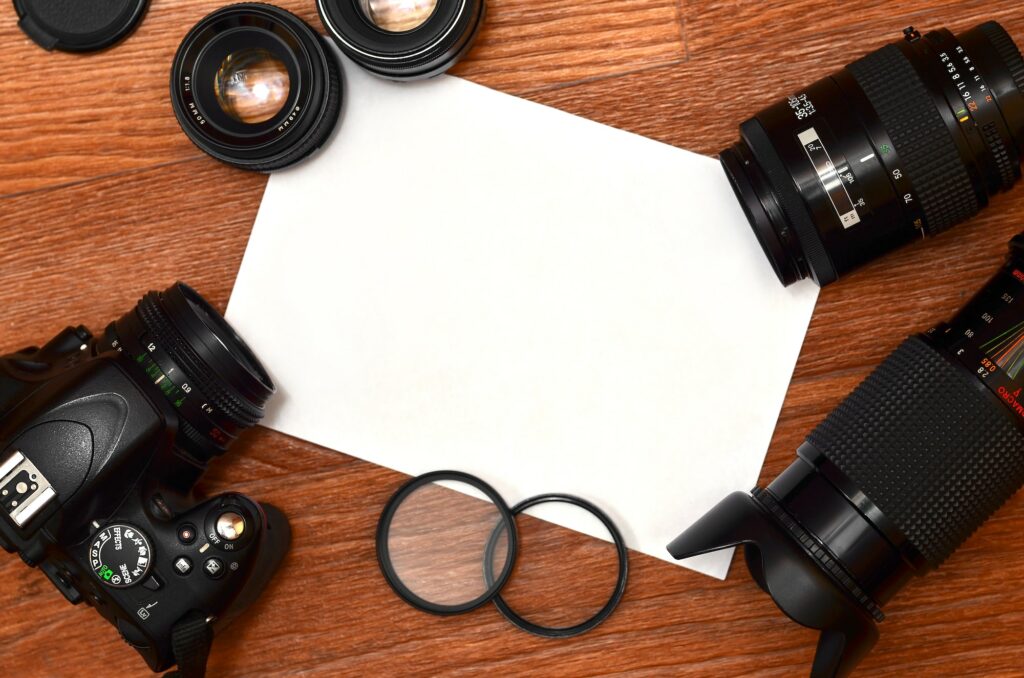
Photography is a versatile and rewarding art form, blending creativity with technical acumen. It is a universal language that has the power to capture moments, tell stories, and evoke emotions, all through the click of a shutter. If you’ve ever been intrigued by this form of visual storytelling, you’re in the right place. This article will serve as your starting point in the enthralling journey of photography.
First, it’s crucial to understand that photography is not merely about owning the most expensive camera. It’s about observing the world, understanding light, and capturing moments in a meaningful way. A high-end camera doesn’t necessarily make a great photographer, but a keen eye for detail and a sense of composition do.
Understanding Your Equipment
Whether you’re starting with a smartphone, a point-and-shoot camera, or a DSLR, it’s important to familiarize yourself with your equipment. Learn about the basic functionalities like focus, zoom, and brightness adjustment. If you’re using a DSLR, understanding the holy trinity of photography – aperture, shutter speed, and ISO – is vital. These elements determine the amount of light that enters the camera and how your image turns out.
Mastering the Art of Composition
While technical knowledge is essential, the soul of a good photograph lies in its composition. The rule of thirds, leading lines, symmetry, and patterns are some of the key composition rules that can enhance your photographs significantly. However, remember that rules are meant to be broken. Once you understand these guidelines, don’t hesitate to experiment and let your creativity shine.
Observing Light
Photography is essentially painting with light. Different lighting conditions can drastically change the mood and outcome of your photographs. So, it’s essential to understand and observe how light interacts with your subjects. The golden hour – just after sunrise or just before sunset – is one of the best times to capture stunning, well-lit photographs.
Practice and Patience
Photography is a journey of continuous learning. The more you shoot, the more you understand your style and preferences. Don’t be disheartened by initial hiccups. Each photograph you take brings you one step closer to mastering the craft. Embrace the learning curve and enjoy the process.
Post-Processing
The final touch to your photographs comes in the form of post-processing. Software like Adobe Lightroom and Photoshop can be used to enhance colors, correct exposure, and add creative effects. However, remember that editing is not a tool to fix bad photographs, but a means to enhance good ones.
Sharing and Feedback
Finally, share your work with others. Join photography communities, both online and offline, to learn from others and get feedback. Constructive criticism can help you identify areas of improvement and encourage you to push your creative boundaries.
Remember, photography is subjective. What one person might find appealing, another might not. The key is to stay true to your vision and create art that satisfies you. As the legendary photographer Ansel Adams once said, “You don’t take a photograph, you make it.” Embrace this mantra as you embark on your photography journey, and the world will be your canvas.